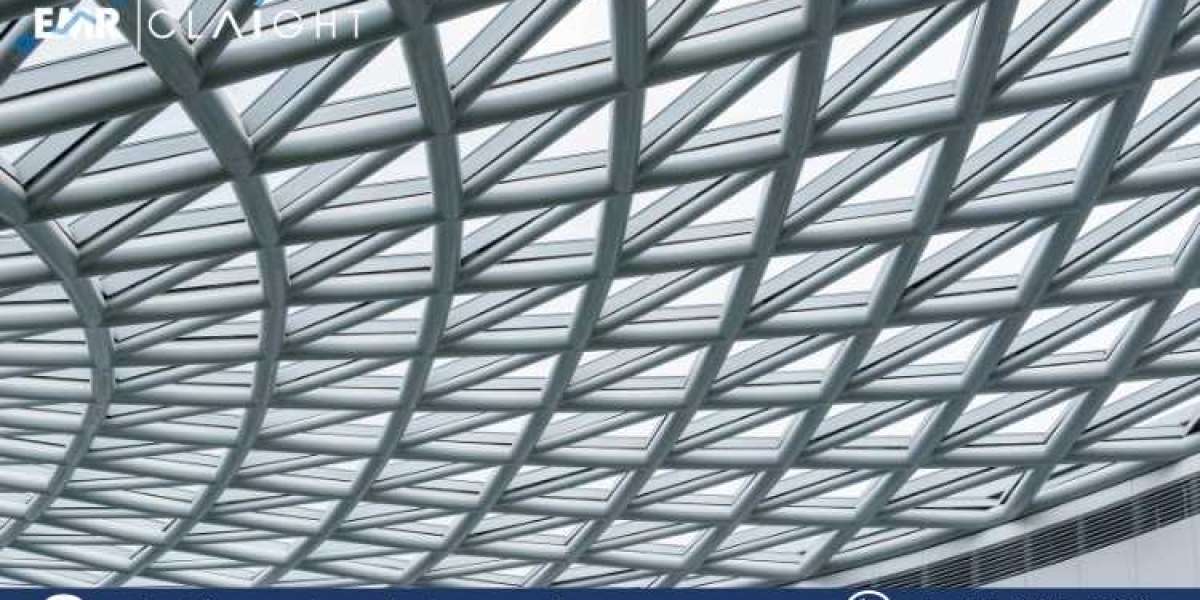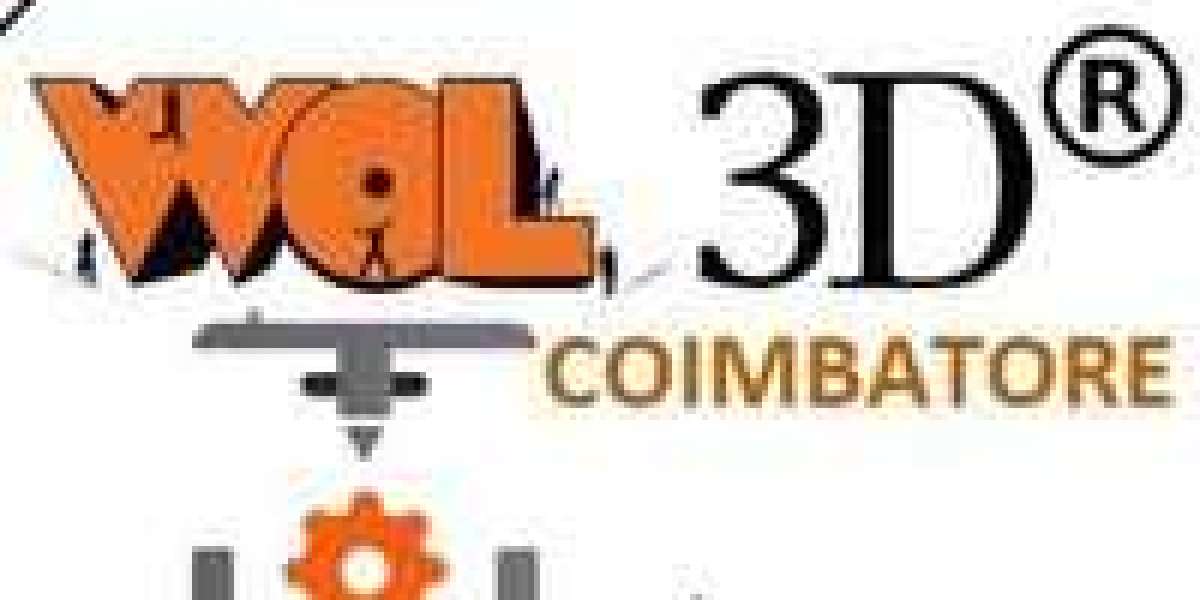Structural steel is a critical material in the construction industry, known for its durability, strength, and versatility. It plays a vital role in building infrastructures such as bridges, buildings, and other large structures. The price trends of structural steel are influenced by various factors, including supply and demand dynamics, production costs, and market conditions. This report provides a comprehensive analysis of the current and future trends in the structural steel market, with detailed insights into market dynamics and an extensive forecast.
Forecast Report
The global structural steel market is expected to experience significant growth over the next decade. According to industry analysts, the market is projected to grow at a compound annual growth rate (CAGR) of around 5% from 2024 to 2032. This growth is driven by increasing urbanization, industrialization, and infrastructure development, particularly in emerging economies. The rising demand for sustainable and resilient construction materials is also contributing to the market's expansion.
Request a free sample copy in PDF: https://www.expertmarketresearch.com/price-forecast/structural-steel-price-forecast/requestsample
Outlook
The outlook for the structural steel market is positive, with robust growth anticipated in both developed and developing regions. In North America and Europe, the market is expected to benefit from ongoing investments in infrastructure modernization and renovation projects. In Asia-Pacific, the market is poised for rapid growth due to large-scale construction activities and urban development initiatives in countries like China, India, and Southeast Asian nations.
Government initiatives aimed at boosting infrastructure spending, along with private sector investments, are likely to further stimulate demand for structural steel. Additionally, advancements in steel production technologies and the development of high-strength, lightweight steel variants are expected to drive market growth.
Read Full Report With Table Of Contents: https://www.expertmarketresearch.com/price-forecast/structural-steel-price-forecast/toc
Market Dynamics
Several key factors influence the price trends of structural steel:
Raw Material Costs: The cost of raw materials, particularly iron ore and scrap metal, significantly impacts the price of structural steel. Fluctuations in the prices of these raw materials due to supply constraints, geopolitical tensions, and changes in mining and recycling activities can lead to volatility in steel prices.
Production Costs: Energy costs, labor expenses, and technological advancements in steel manufacturing processes affect production costs. Efficient production techniques and automation can help reduce costs, while rising energy prices and labor shortages can increase them.
Supply Chain Disruptions: Disruptions in the supply chain, such as transportation bottlenecks, trade restrictions, and natural disasters, can lead to supply shortages and price hikes. The COVID-19 pandemic highlighted the vulnerability of global supply chains, causing significant fluctuations in steel prices.
Demand Fluctuations: Demand for structural steel is closely tied to the construction and manufacturing sectors. Economic cycles, government infrastructure projects, and private construction activities drive demand. Periods of economic growth lead to higher demand and prices, while economic downturns result in reduced demand and lower prices.
Demand-Supply Analysis
The demand for structural steel is expected to remain strong, driven by increasing construction activities and infrastructure development. The construction sector accounts for a significant share of the global steel demand, with residential, commercial, and industrial construction projects contributing to the growth.
In terms of supply, the global steel production capacity is expected to expand to meet the rising demand. Major steel-producing countries like China, India, Japan, and the United States are investing in new production facilities and upgrading existing ones to enhance production efficiency and output.
However, the balance between demand and supply can be affected by various factors, including environmental regulations, trade policies, and technological advancements. For instance, stricter environmental regulations in China aimed at reducing carbon emissions have led to temporary production cuts, impacting the global supply of structural steel.
Extensive Forecast
The extensive forecast for the structural steel market includes several key trends and factors that are likely to shape the market in the coming years:
Sustainability Initiatives: The growing emphasis on sustainability and green building practices is expected to drive demand for eco-friendly steel products. Manufacturers are focusing on producing low-carbon steel and incorporating recycled materials into their production processes.
Technological Advancements: Innovations in steel manufacturing, such as the development of high-strength, lightweight steel alloys and advanced fabrication techniques, are likely to enhance the performance and applications of structural steel.
Urbanization and Infrastructure Development: Rapid urbanization and infrastructure development in emerging economies are expected to boost demand for structural steel. Large-scale projects, such as smart cities, transportation networks, and energy infrastructure, will contribute to market growth.
Government Policies and Investments: Government policies aimed at promoting infrastructure development and industrial growth will play a crucial role in driving demand for structural steel. Public-private partnerships and increased infrastructure spending will create opportunities for market expansion.
Detailed Insights
Detailed insights into the structural steel market reveal several important trends and developments:
Regional Analysis: The Asia-Pacific region is expected to dominate the structural steel market, driven by robust construction activities in China and India. North America and Europe are also significant markets, with ongoing infrastructure projects and renovation activities contributing to demand.
Market Segmentation: The market can be segmented based on product types, applications, and end-user industries. Key product types include beams, columns, girders, and bars, while major applications encompass residential, commercial, and industrial construction. End-user industries such as construction, automotive, and machinery manufacturing are major consumers of structural steel.
Competitive Landscape: The structural steel market is highly competitive, with several key players operating globally. Major companies in the market include ArcelorMittal, Nippon Steel Corporation, POSCO, Tata Steel, and China Baowu Steel Group. These companies are focusing on expanding their production capacities, investing in research and development, and exploring strategic partnerships to strengthen their market positions.
Challenges and Opportunities: The structural steel market faces challenges such as fluctuating raw material prices, stringent environmental regulations, and supply chain disruptions. However, these challenges also present opportunities for innovation and growth. Companies that can develop sustainable production methods, optimize supply chains, and adapt to changing market conditions are likely to thrive.
In conclusion, the structural steel market is poised for significant growth, driven by increasing construction activities, infrastructure development, and technological advancements. While challenges exist, the market offers numerous opportunities for manufacturers and stakeholders to capitalize on the rising demand for durable and sustainable construction materials. By closely monitoring market dynamics and adapting to emerging trends, industry players can position themselves for long-term success.








